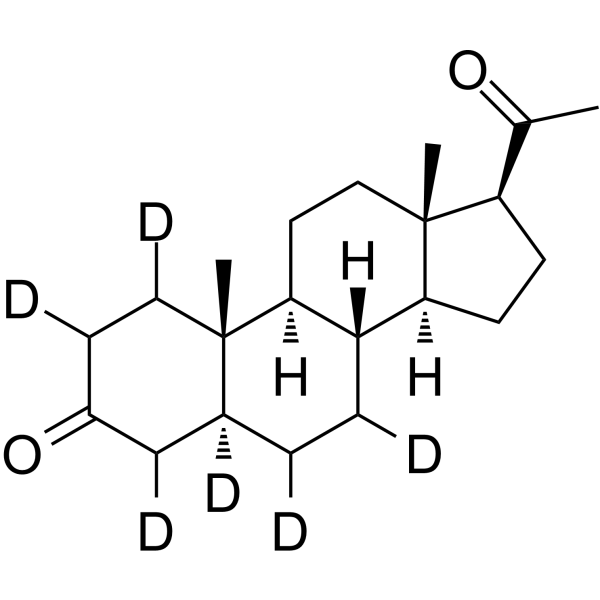Endogenous Metabolite
Metabolite results when a drug is metabolized into a modified form which continues to produce effects. A metabolome in a given body fluid is influenced by endogenous factors such as age, sex, body composition and genetics as well as underlying pathologies.The levels of the enormous array of unique small-molecule metabolites are usually kept tightly regulated by the activity of a very large array of enzymes and transporters responsible for the production, transformation, degradation, and compartmentalization of these small molecules.The levels of the endogenous small molecules present in the brain are normally tightly regulated.
Targets for Endogenous Metabolite
Products for Endogenous Metabolite
- Cat.No. Product Name Information
-
GC39846
3-Methyl-2-cyclopenten-1-one
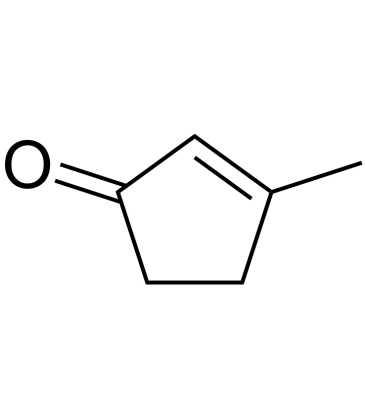
-
GC19716
3-methyl-2-oxobutyrate
3-methyl-2-oxobutyrate is a precursor of pantothenic acid in Escherichia coli.
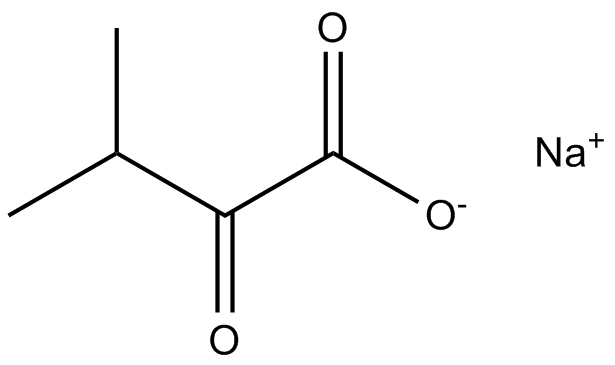
-
GC30593
3-Methyl-2-oxovaleric acid
3-Methyl-2-oxovaleric acid is a neurotoxin, an acidogen, and a metabotoxin, and also an abnormal metabolite that arises from the incomplete breakdown of branched-chain amino acids.
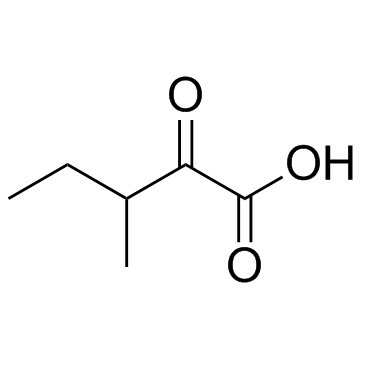
-
GC31535
3-Methyl-L-histidine
An amino acid
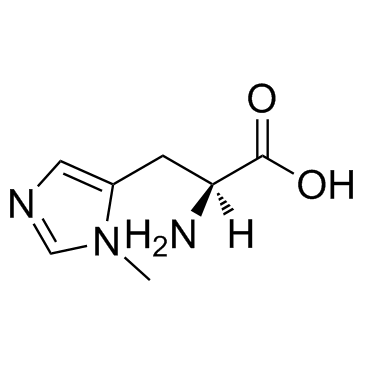
-
GC10710
3-Methyladenine
3-Methyladenine is a classic autophagy inhibitor.
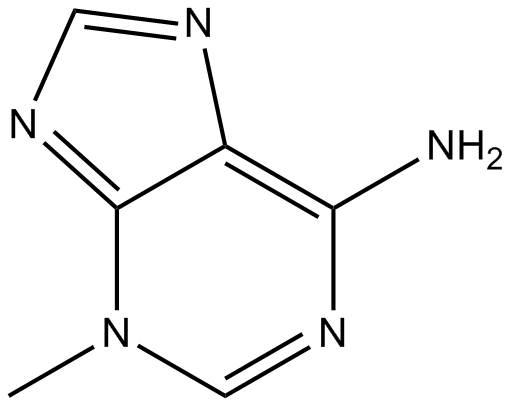
-
GC31546
3-Methyladipic acid
3-Methyladipic acid is the final metabolite in the ω-oxidation pathway.
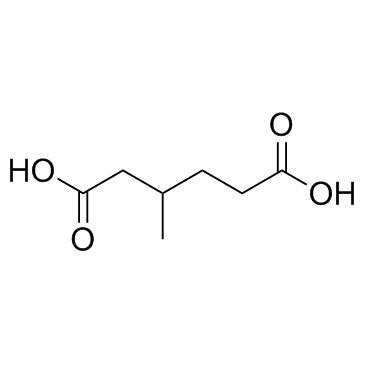
-
GC38360
3-Methylbut-2-enoic acid
3-Methylbut-2-enoic acid is an endogenous metabolite.
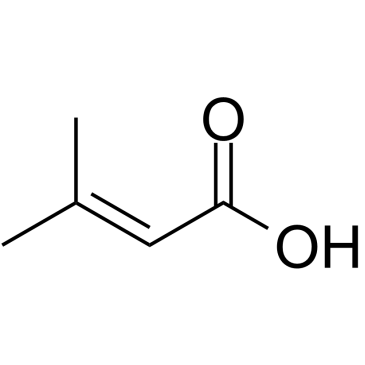
-
GC31595
3-Methylbutanoic acid
3-Methylbutanoic acid is a natural fatty acid and known to effect on neonatal death and possible Jamaican vomiting sickness in human.
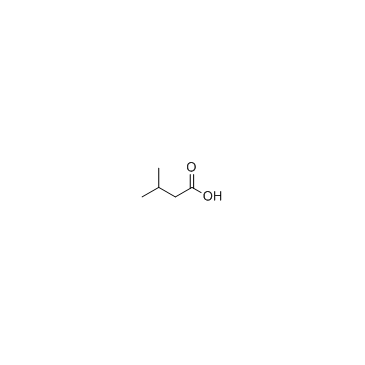
-
GC18628
3-Methylcrotonyl Glycine
3-Methylcrotonyl glycine (3-MCG) is a metabolite found in the urine of patients with 3-methylcrotonyl glycinuria, a metabolic disorder characterized by a deficiency in 3-methylcrotonyl-CoA carboxylase, that has diverse biological activities.
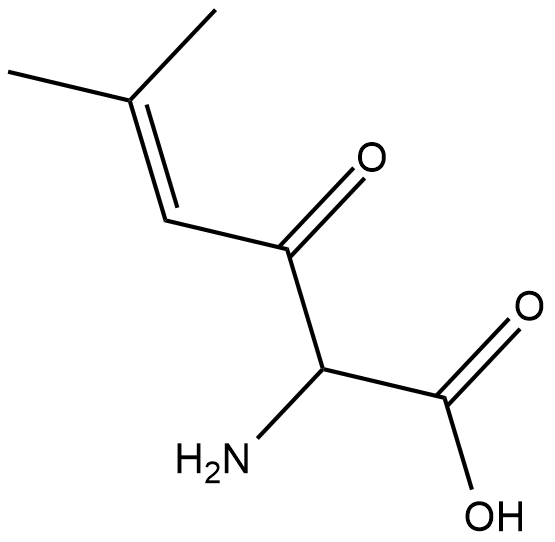
-
GC16812
3-Methylglutaric acid
A metabolite of L-leucine
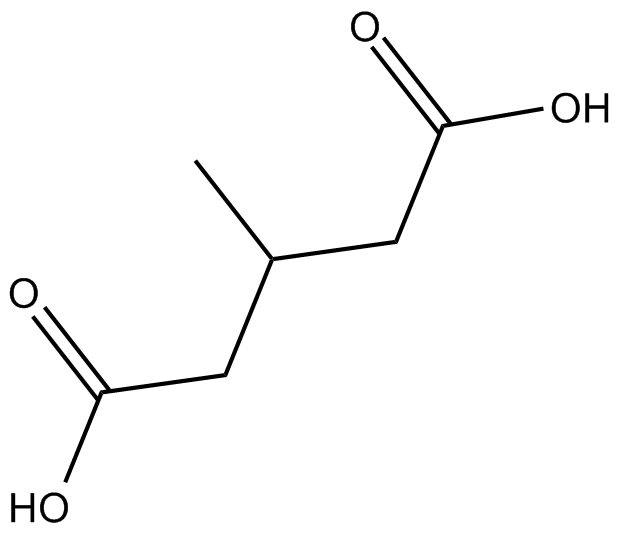
-
GC62795
3-Methylhistamine dihydrochloride
3-Methylhistamine dihydrochloride is a degradation product of histamine.
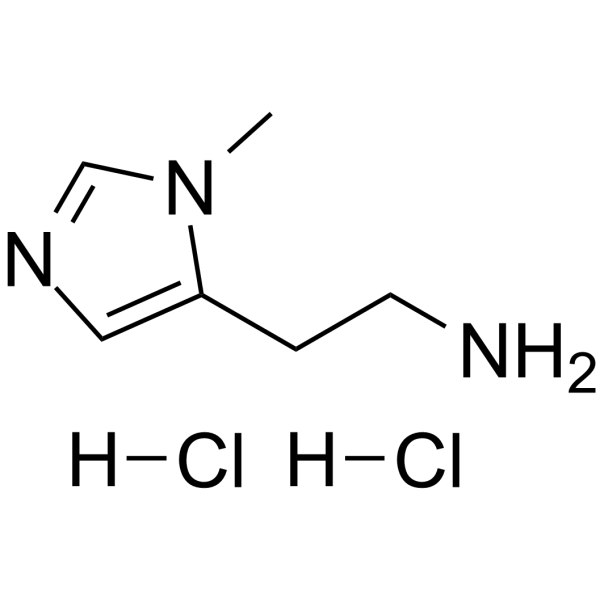
-
GC38297
3-Methylindolin-2-one
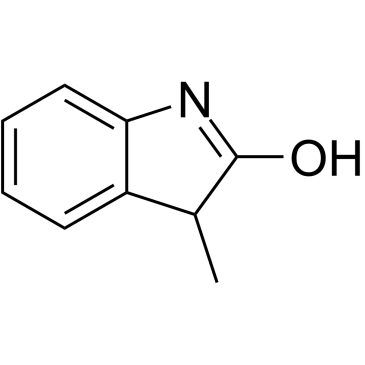
-
GC33525
3-Methyluridine
3-Methyluridine (N3-Methyluridine) is a modified RNA nucleoside.
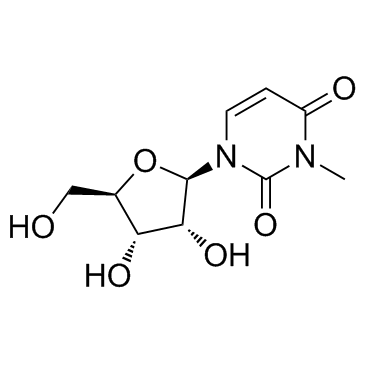
-
GC62796
3-Methylvaleric Acid
3-Methylvaleric Acid is a flavouring ingredient.
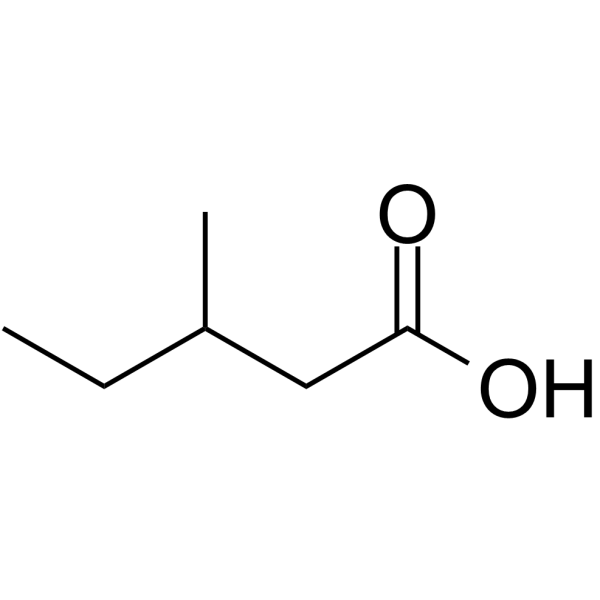
-
GC30635
3-Methylxanthine
A cGMP PDE inhibitor and metabolite of theophylline and caffeine

-
GC60505
3-O-Methyldopa
3-O-Methyldopa (3-Methoxy-L-tyrosine) is a metabolite of L-DOPA which is formed by catechol-O-methyltransferase (COMT).
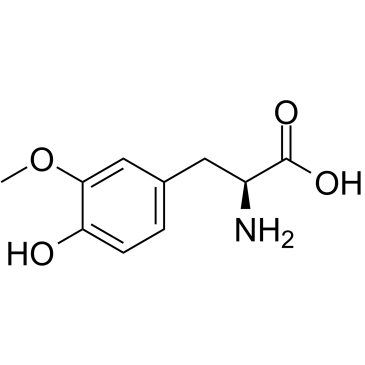
-
GC60506
3-O-Methyldopa D3
3-O-Methyldopa D3 (3-Methoxy-L-tyrosine-d3) is deuterium labeled 3-O-Methyldopa.
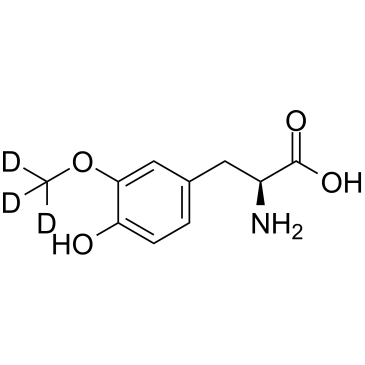
-
GC62797
3-Oxo-4,6-choladien-24-oic acid
3-Oxo-4,6-choladien-24-oic acid is an endogenous metabolite.
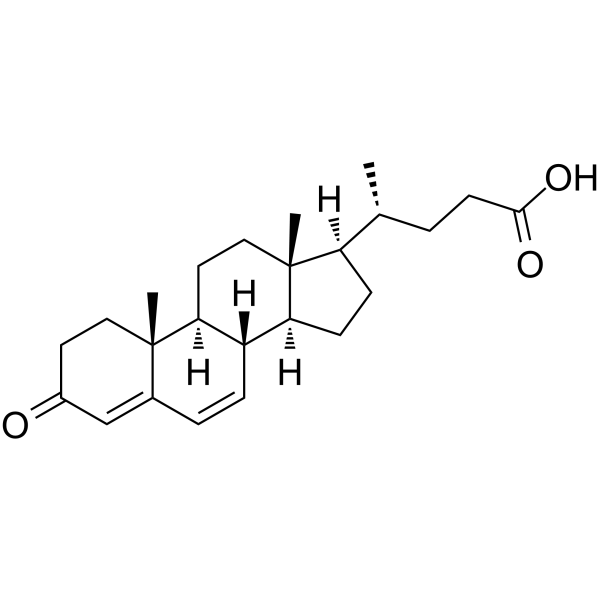
-
GC64220
3-Oxo-7-hydroxychol-4-enoic acid
3-Oxo-7-hydroxychol-4-enoic acid is an endogenous metabolite.
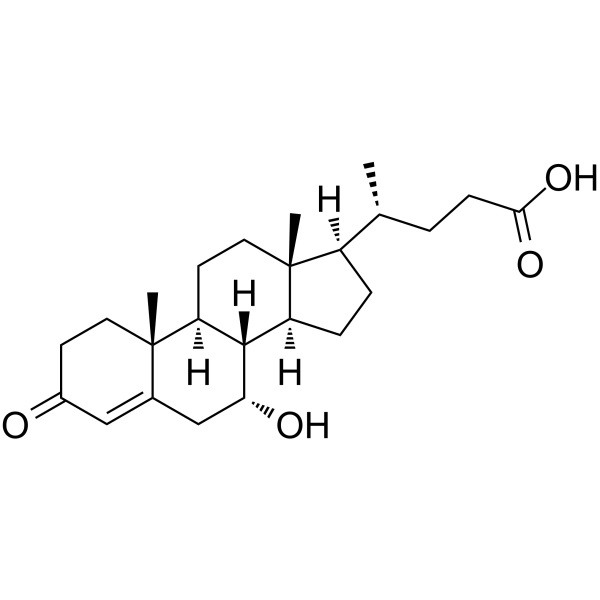
-
GC45339
3-Oxocholic Acid
A secondary bile acid

-
GC30353
3-Oxopentanedioic acid
3-Oxopentanedioic acid is a simple dicarboxylic acid, which is well-known to be used in the tropinone synthesis.
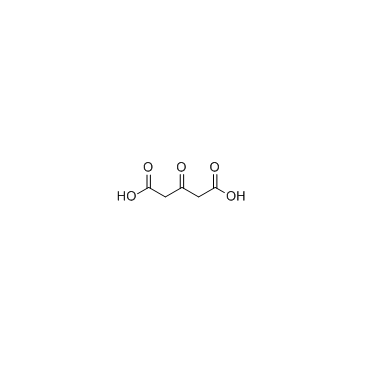
-
GC62798
3-Phenylbutyric acid
3-Phenylbutyric acid is metabolized by initial oxidation of the benzene ring and by initial oxidation of the side chain.
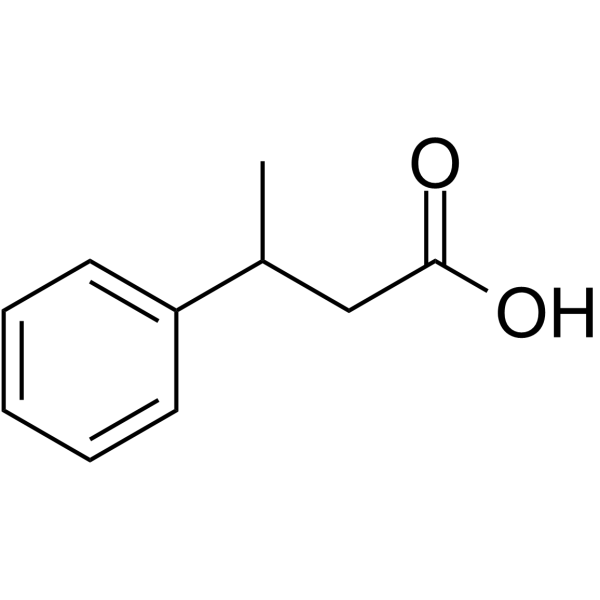
-
GC33604
3-Pyridineacetic acid
3-Pyridineacetic acid is a higher homologue of nicotinic acid, a breakdown product of nicotine (and other tobacco alkaloids).
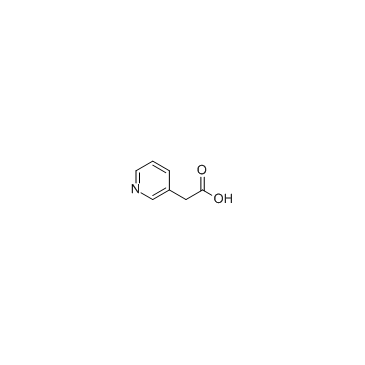
-
GC31553
3b-Hydroxy-5-cholenoic acid
A bile acid
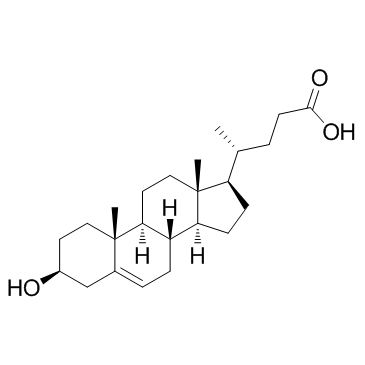
-
GC33976
4',7-Dimethoxyisoflavone (Dimethoxydaidzein)
4',7-Dimethoxyisoflavone (Dimethoxydaidzein) is isolated from the leaves of Albizzia lebbeck, which shows antifungal activity.
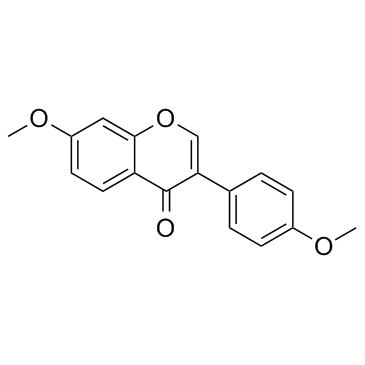
-
GC41003
4'-O-methyl Quercetin
4'-O-methyl Quercetin (4'-O-Methyl Quercetin) is a natural flavonoid derivative of quercetin, with anti-oxidative and anti-inflammatory effects.

-
GC62800
4,4’-Disulfanediylbis(2-aminobutanoic acid)
4,4’-Disulfanediylbis(2-aminobutanoic acid) is an endogenous metabolite.
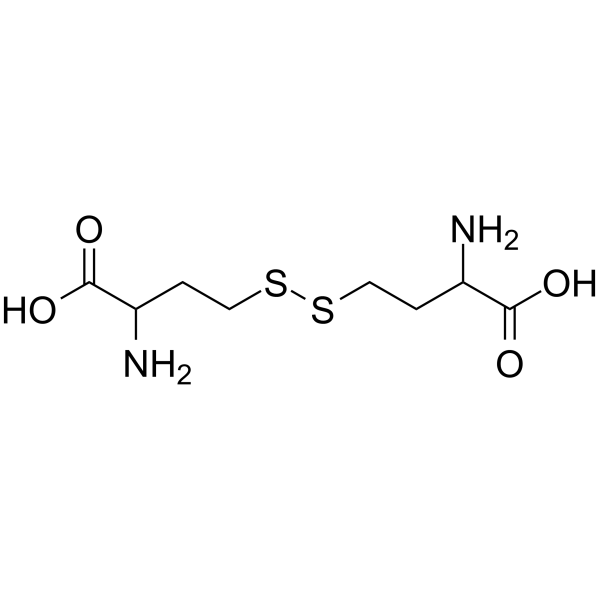
-
GC60510
4,4-Dimethoxy-2-butanone
4,4-Dimethoxy-2-butanone is an endogenous metabolite.
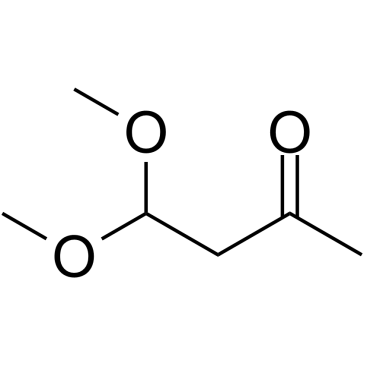
-
GC32483
4,6-Dioxoheptanoic acid
4,6-Dioxoheptanoic acid is a potent inhibitor of heme biosynthesis.
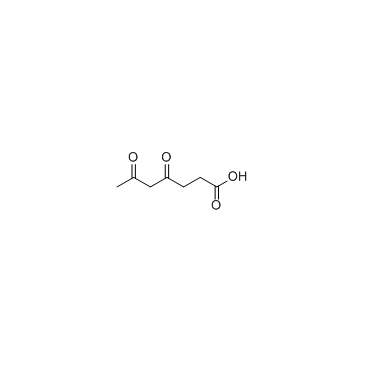
-
GC31640
4-(1,2-Dihydroxyethyl)benzene-1,2-diol
4-(1,2-Dihydroxyethyl)benzene-1,2-diol, a normal norepinephrine metabolite, is found to be associated with Menkes syndrome.
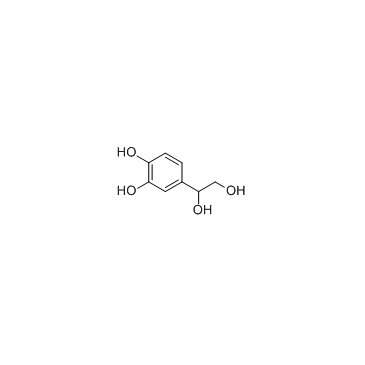
-
GC33504
4-Acetamidobutanoic acid (N-acetyl GABA)
4-Acetamidobutanoic acid (N-acetyl GABA) (N-acetyl GABA), the main metabolite of GABA, exhibits antioxidant and antibacterial activities.
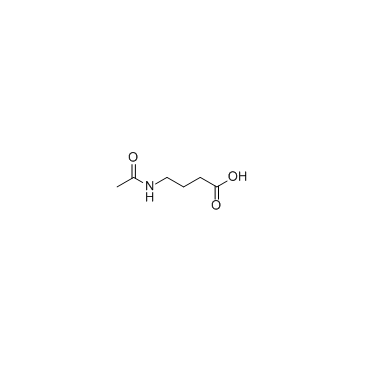
-
GC66484
4-Amino-L-phenylalanine hydrochloride
4-Amino-L-phenylalanine (H-Phe(4-NH2)-OH) hydrochloride is an endogenous metabolite.
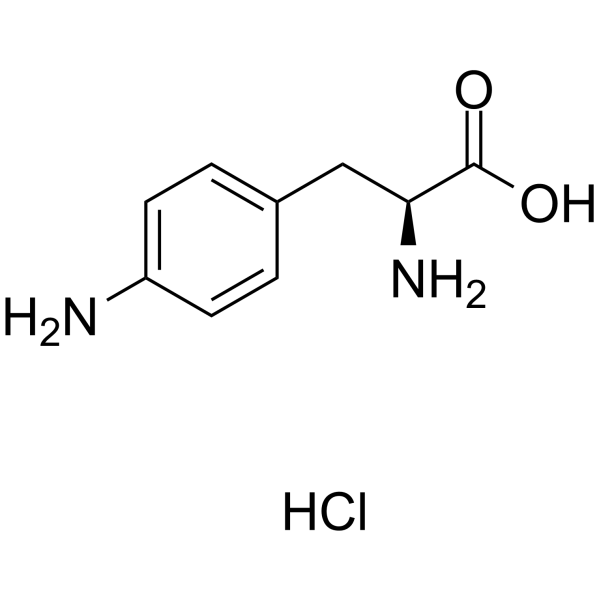
-
GC10996
4-Aminobenzoic acid
NULL
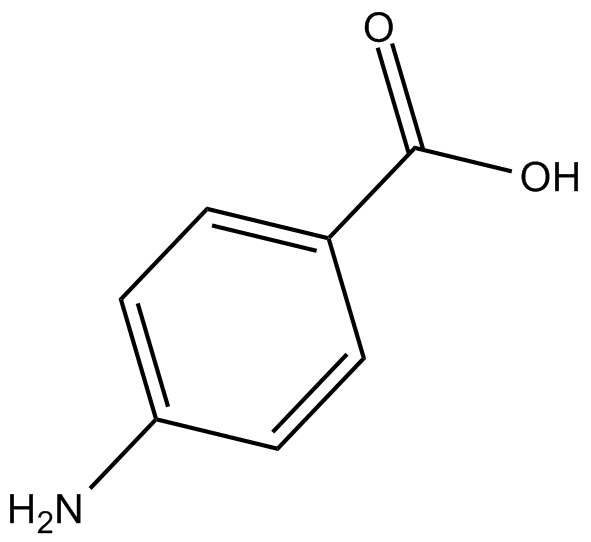
-
GC16443
4-Aminohippuric Acid
typical substrate of organic anion transport systems
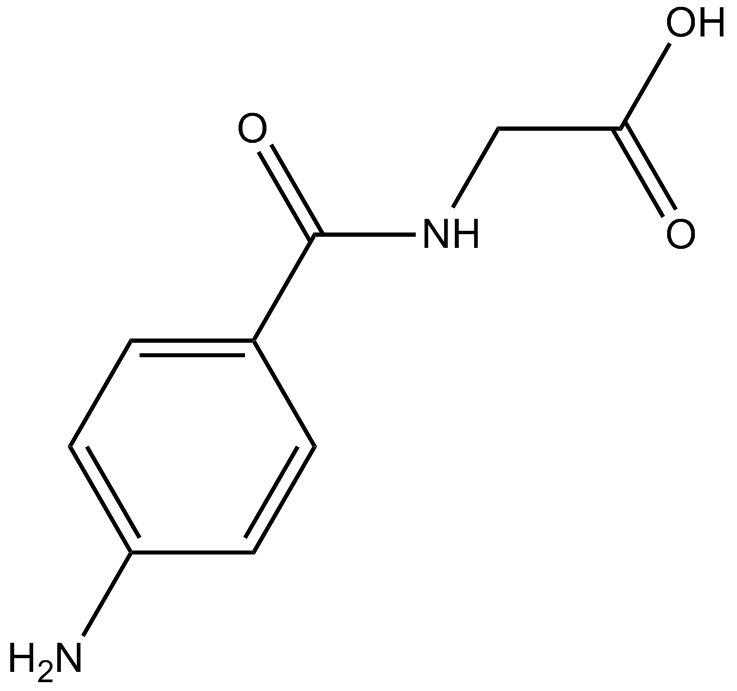
-
GC39473
4-Bromo-3-hydroxybenzoic acid
4-Bromo-3-hydroxybenzoic acid is a metabolite of Brocresine and a histidine decarboxylase (HDC) inhibitor with IC50s of 1 mM for both rat fetal and rat gastric HDC.
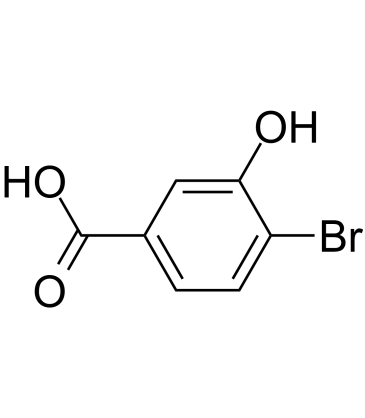
-
GC60512
4-Carboxypyrazole
4-Carboxypyrazole is an endogenous metabolite.
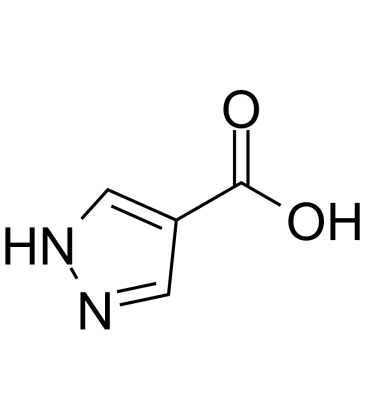
-
GC60514
4-Ethoxyphenol
4-Ethoxyphenol is an endogenous metabolite.
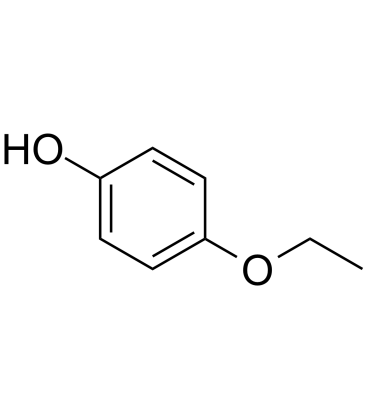
-
GC60515
4-Ethylbenzaldehyde
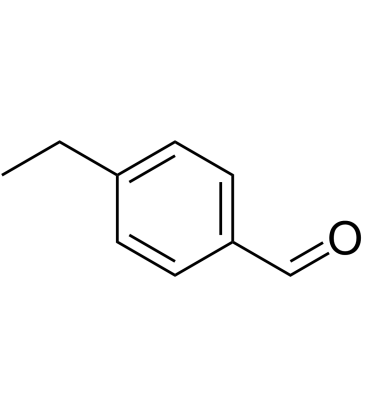
-
GC30600
4-Ethylphenol
4-Ethylphenol is a volatile phenolic compound associated with off-odour in wine.
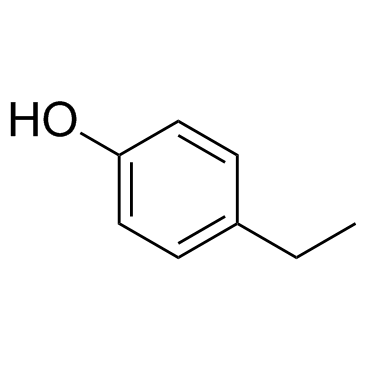
-
GC62803
4-Formylaminoantipyrine
4-Formylaminoantipyrine?is an excreted metabolite of?aminophenazone.
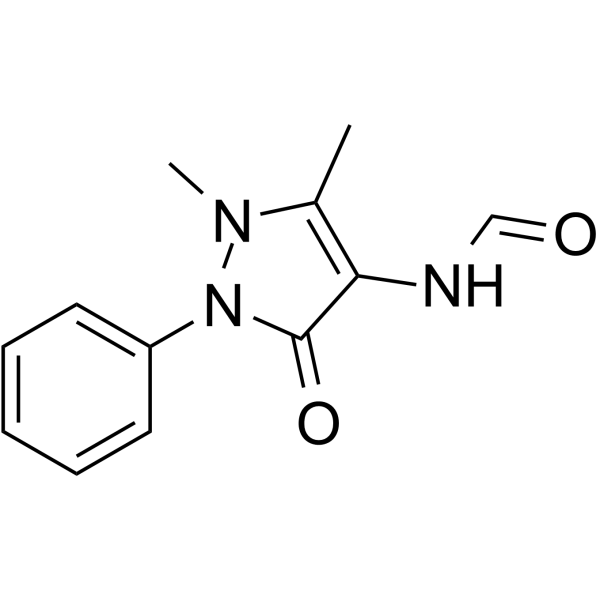
-
GC30630
4-Guanidinobutanoic acid
4-Guanidinobutanoic acid is a normal metabolite present in low concentrations.
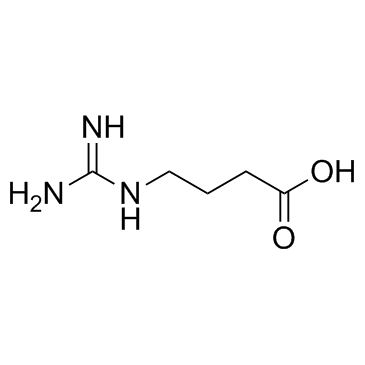
-
GC40097
4-HOBA
4-HOBA is an endogenous metabolite.

-
GC42410
4-hydroxy Nonenal
A lipid peroxidation product

-
GC33656
4-Hydroxy-3-methylbenzoic acid
4-Hydroxy-3-methylbenzoic acid is a normal organic acid identified in urine specimens from a healthy population.
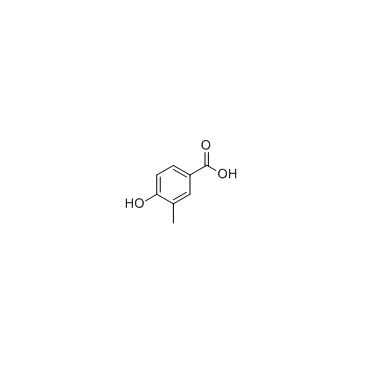
-
GC11270
4-Hydroxybenzoic acid
A phenolic acid
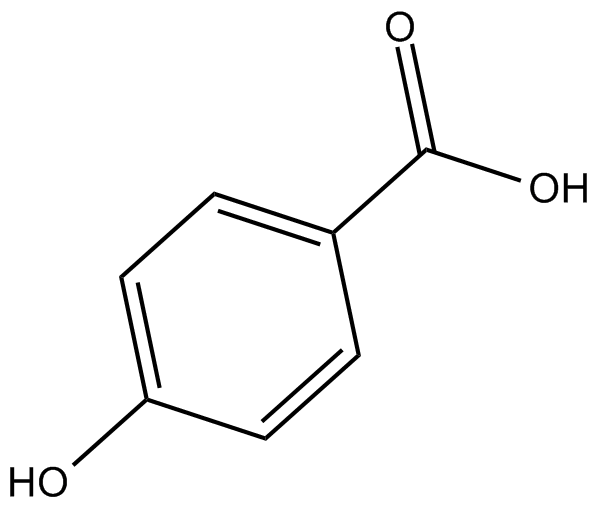
-
GC60518
4-Hydroxybenzyl cyanide
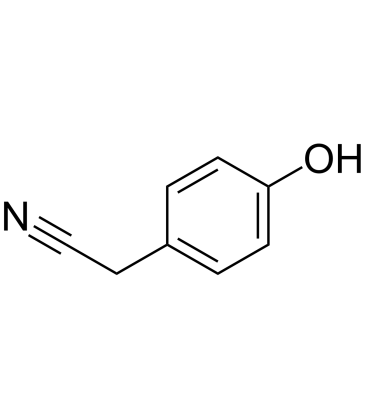
-
GC35131
4-Hydroxycoumarin
A coumarin
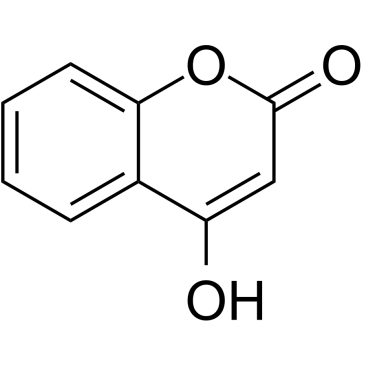
-
GC33610
4-Hydroxycyclohexanecarboxylic acid
4-Hydroxycyclohexanecarboxylic acid belongs to the class of organic compounds known as cyclohexanols.
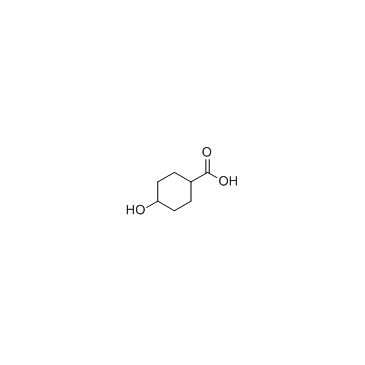
-
GC39691
4-Hydroxymethylpyrazole
4-Hydroxymethylpyrazole is the primary metabolite of Fomepizole.
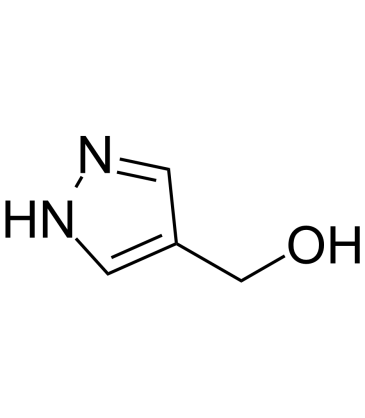
-
GC68055
4-Hydroxyphenyl acetate

-
GC33815
4-Hydroxyphenylacetic acid
A phenolic acid with anti-inflammatory activity
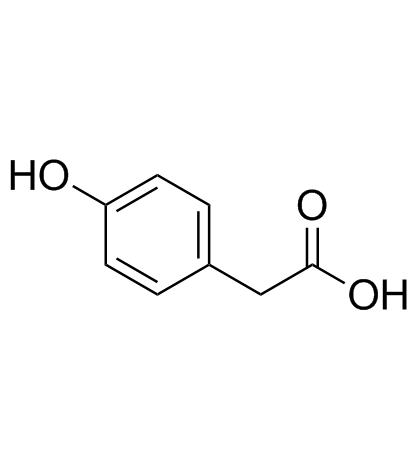
-
GC35134
4-Methoxybenzaldehyde
4-Methoxybenzaldehyde is a naturally occurring fragrant phenolic compound.
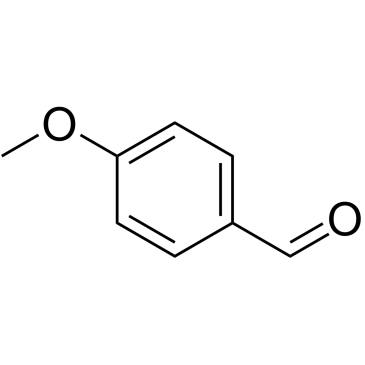
-
GC35135
4-Methoxycinnamic acid
4-Methoxycinnamic acid is detected as natural phenylpropanoid in A.
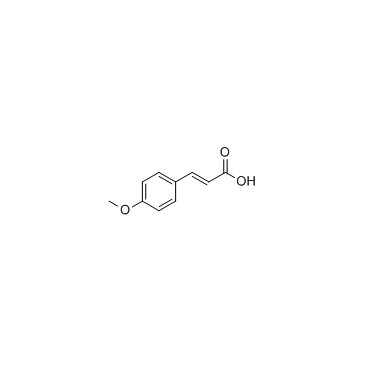
-
GC60521
4-Methyl-1-phenyl-2-pentanone
4-Methyl-1-phenyl-2-pentanone is an endogenous metabolite.
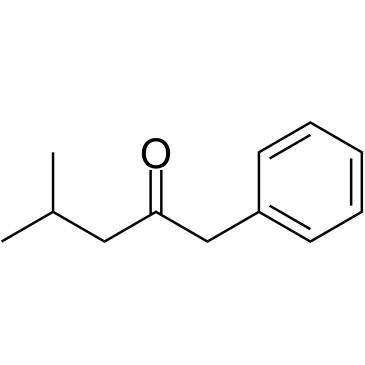
-
GC31307
4-Methyl-2-oxopentanoic acid
4-Methyl-2-oxopentanoic acid (α-Ketoisocaproic acid), an abnormal metabolite, is both a neurotoxin and a metabotoxin.
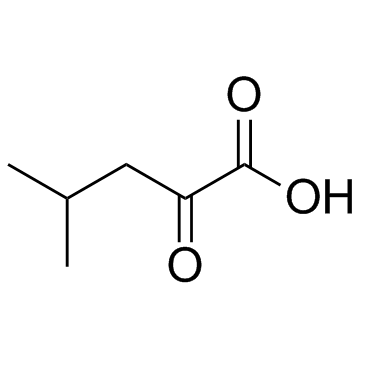
-
GC39780
4-Methylbiphenyl
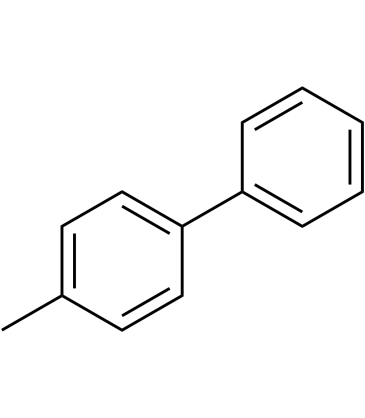
-
GC30658
4-Methylcatechol
4-Methylcatechol, a metabolite of p-toluate, is a substrate as well as a suicide inhibitor of Catechol 2,3-Dioxygenase.
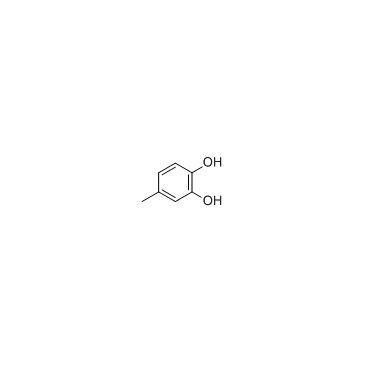
-
GC60524
4-Pentenoic acid
4-Pentenoic acid is an endogenous metabolite.
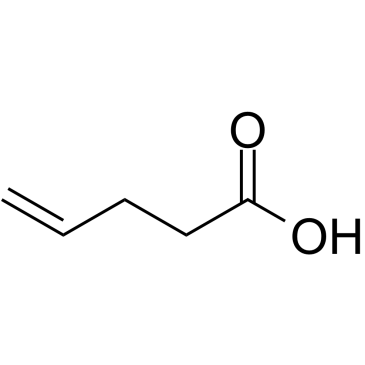
-
GC30670
4-Pyridoxic acid
A pyridoxine metabolite
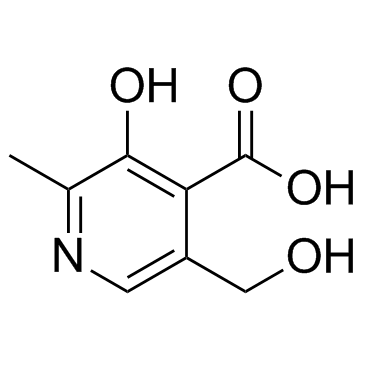
-
GC60525
4-Vinylphenol (10%w/w in propylene glycol)
4-Vinylphenol is found in the medicinal herb Hedyotis diffusa Willd, wild rice and is also the metabolite of p-coumaric and ferulic acid by lactic acid bacteria in wine. 4-Vinylphenol induces apoptosis and inhibits blood vessels formation and suppresses invasive breast tumor growth in vivo.
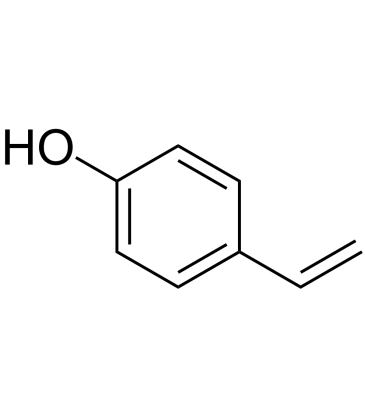
-
GC35126
4-Hydroxyphenylpyruvic acid
4-Hydroxyphenylpyruvic acid is an intermediate in the metabolism of the amino acid phenylalanine.
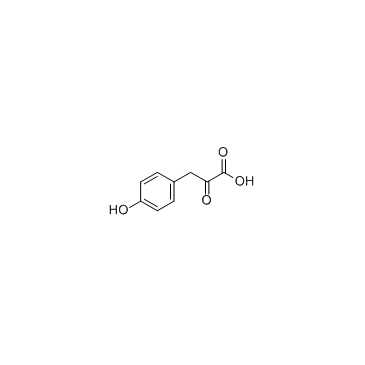
-
GC60531
5α-Cholestan-3-one
5α-Cholestan-3-one is an endogenous metabolite.
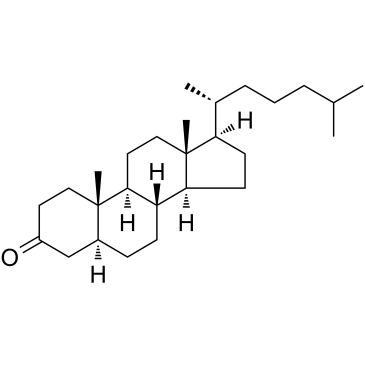
-
GC30669
5α-Cholestan-3β-ol (5α-Cholestanol)
5α-Cholestan-3β-ol (5α-Cholestanol) is a derivitized steroid compound.
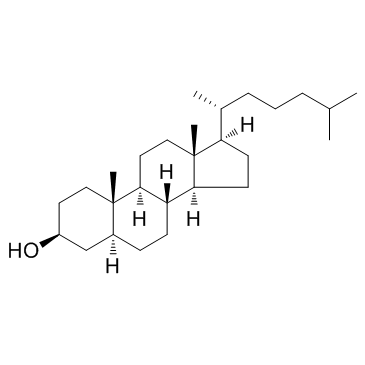
-
GC38358
5'-Cytidylic acid
5'-Cytidylic acid (5'-Cytidylic acid) is a nucleotide which is used as a monomer in RNA.
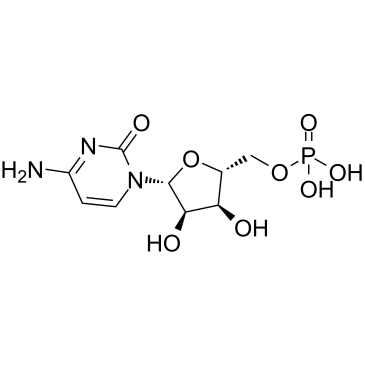
-
GC33636
5'-Deoxyadenosine
An adenosine analog
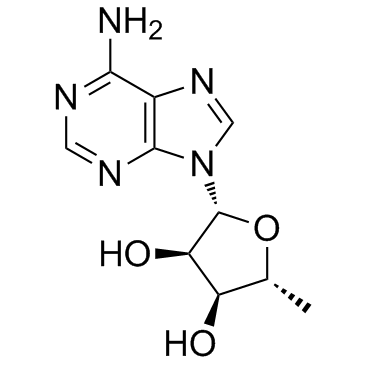
-
GC35157
5'-GTP trisodium salt
5'-GTP trisodium salt (5'-GTP trisodium salt) is an activator of the signal transducing G proteins which are involved in various cellular processes including proliferation, differentiation, and activation of several intracellular kinase cascades.
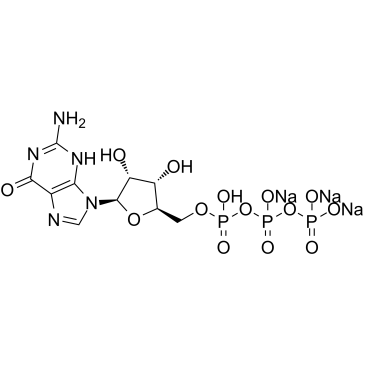
-
GC35159
5'-Guanylic acid disodium salt
5'-Guanylic acid disodium salt (5'-GMP disodium salt) is composed of guanine, ribose, and phosphate moieties and it is a nucleotide monomer in messenger RNA.
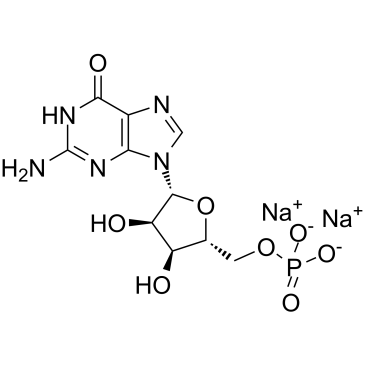
-
GC35152
5,6-Dihydro-5-methyluracil
5,6-Dihydro-5-methyluracil (Dihydrothymine), an intermediate breakdown product of thymine, comes from animal or plants.
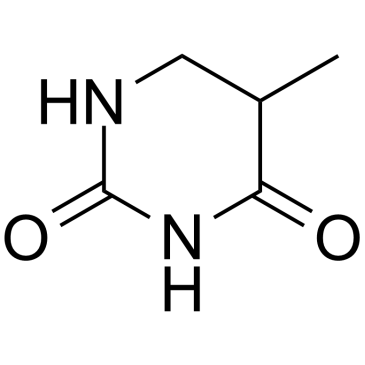
-
GC33650
5,6-Dihydrouracil
5,6-Dihydrouracil (5,6-5,6-Dihydrouracil), a metabolite of Uracil, can be used as a marker for identification of dihydropyrimidine dehydrogenase (DPD)-deficient.
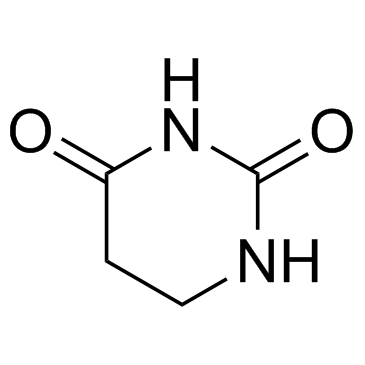
-
GC33502
5,6-Dihydrouridine
A pyrimidine nucleoside and derivative of uridine
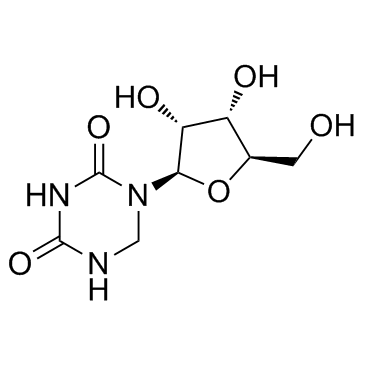
-
GC42484
5,6-dihydroxy Indole
5,6-dihydroxy Indole is an intermediate in melanogenesis.

-
GC38286
5,6-Dimethyl-1H-benzo[d]imidazole
5,6-Dimethyl-1H-benzo[d]imidazole is an endogenous metabolite.
![5,6-Dimethyl-1H-benzo[d]imidazole Chemical Structure 5,6-Dimethyl-1H-benzo[d]imidazole Chemical Structure](/media/struct/GC3/GC38286.png)
-
GC38882
5-ALA benzyl ester hydrochloride
5-ALA benzyl ester hydrochloride (Benzyl-ALA hydrochloride) is a protoporphyrin precursor used as a photodetection agent. 5-ALA benzyl ester hydrochloride induces protoporphyrin IX (PPIX) accumulation in colon carcinoma cell lines.
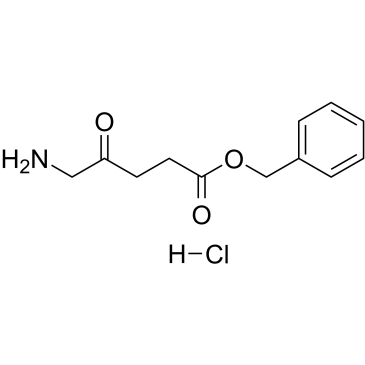
-
GC35156
5-Amino-3H-imidazole-4-Carboxamide
5-Amino-3H-imidazole-4-Carboxamide (AICA) is an important precursor for the synthesis of purines in general and of the nucleobases adenine and guanine in particular.
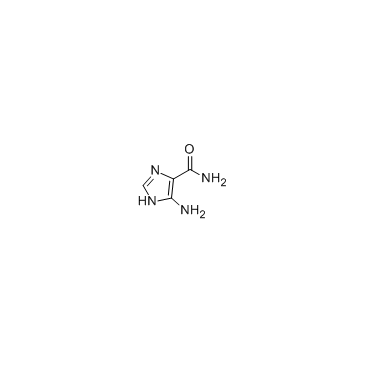
-
GC32608
5-Amino-4-oxopentanoic acid
5-Amino-4-oxopentanoic acid (5-ALA) is a non-protein amino acid that plays a rate-limiting role in heme biosynthesis.
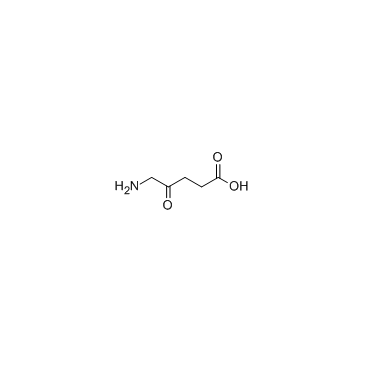
-
GC45356
5-Aminolevulinic Acid (hydrochloride)

-
GC12713
5-Aminovaleric acid hydrochloride
5-Aminovaleric acid hydrochloride is believed to act as a methylene homologue of gamma-aminobutyric acid (GABA) and functions as a weak GABA agonist.
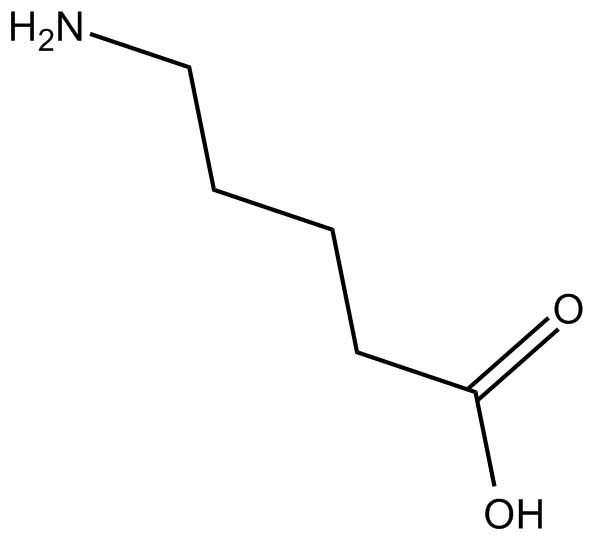
-
GN10062
5-HTP

-
GC12829
5-hydroxy Tryptophol
metabolite of tryptophan
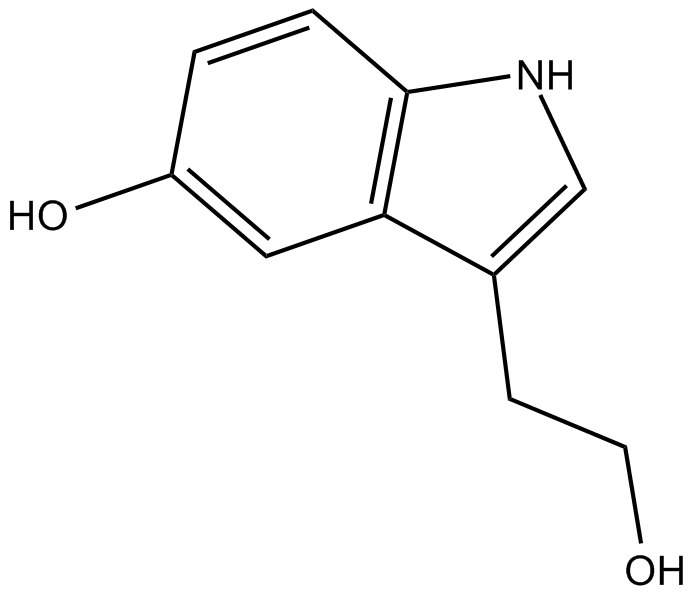
-
GC60529
5-Hydroxy-2'-deoxyuridine
5-Hydroxy-2'-deoxyuridine (5-OHdU) is a major stable oxidation product of 2'-Deoxycytidine.
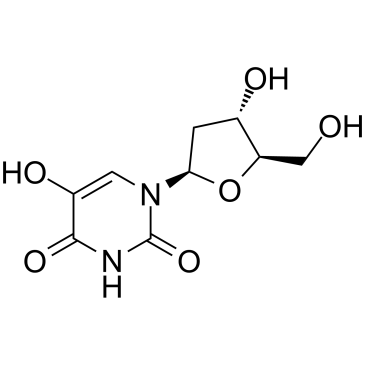
-
GC30613
5-Hydroxydopamine hydrochloride
5-Hydroxydopamine is a naturally occurring amine in human urine.
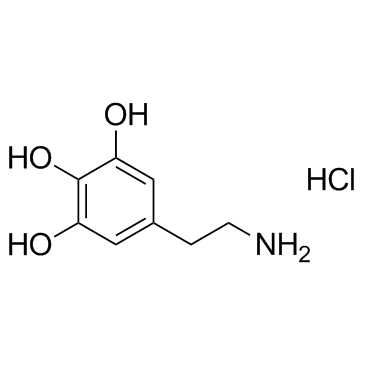
-
GC33698
5-Hydroxyindole-3-acetic acid
A serotonin metabolite
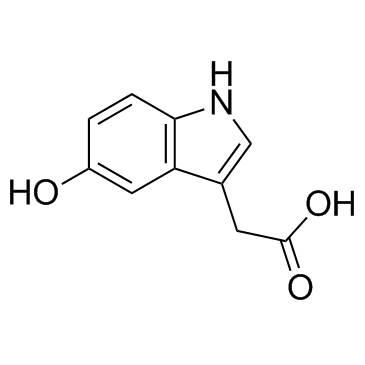
-
GC30189
5-Hydroxymethyl-2-furancarboxylic acid
A major metabolite of 5-hydroxymethyl-2-furfural
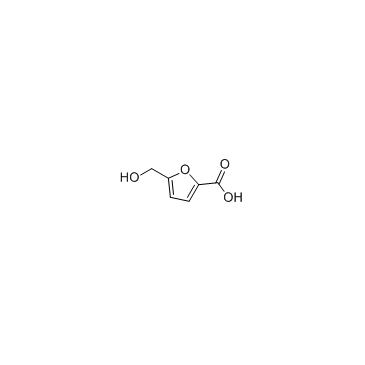
-
GC33613
5-Hydroxymethyluracil
Product of oxidative damage to DNA
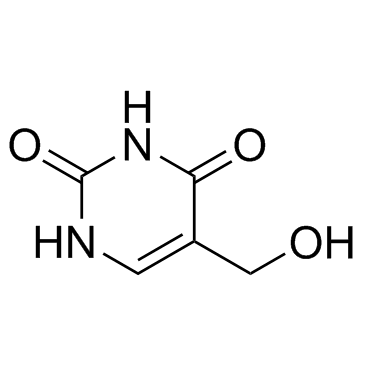
-
GC62810
5-Hydroxytryptamine creatinine sulfate monohydrate
5-Hydroxytryptamine creatinine sulfate monohydrate is an endogenous metabolite.
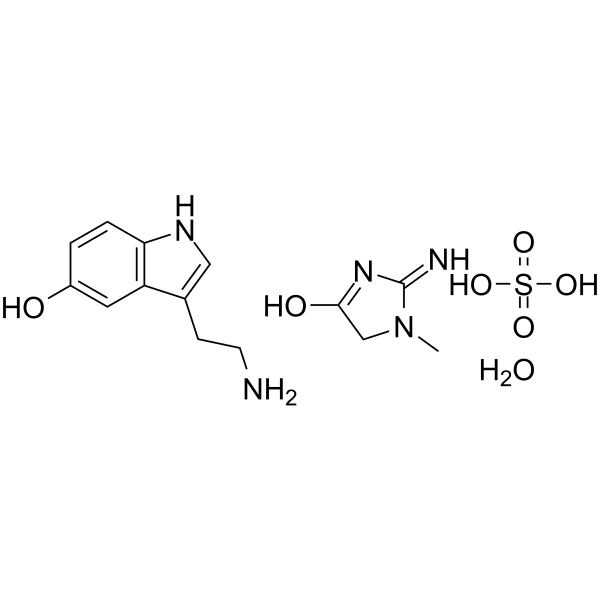
-
GC67951
5-Hydroxytryptophol-d4
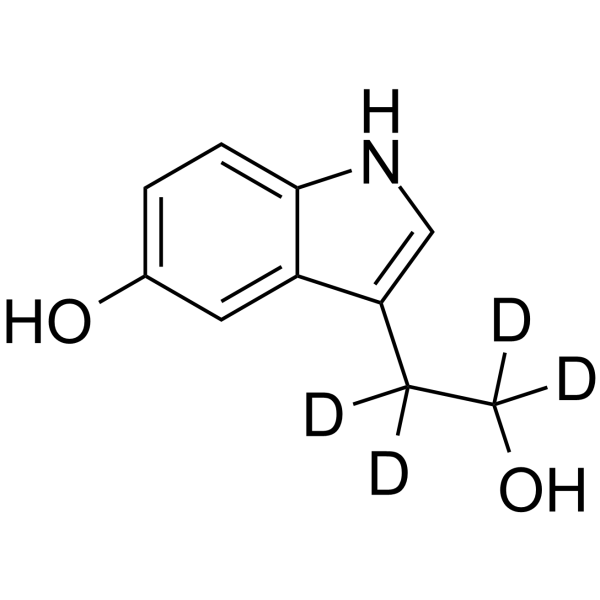
-
GC62811
5-Methoxy-5-oxopentanoic acid
5-Methoxy-5-oxopentanoic acid is an endogenous metabolite.
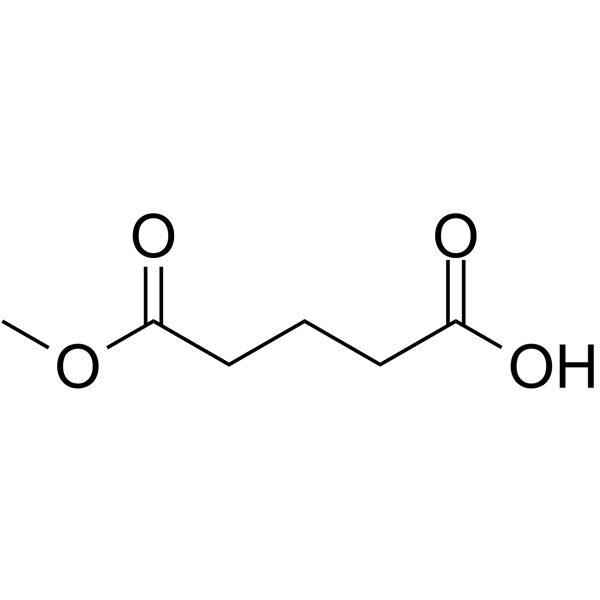
-
GC38058
5-Methoxy-DL-tryptophan
An active metabolite of tryptophan
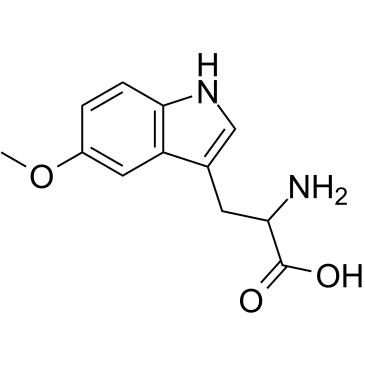
-
GC46078
5-Methoxyindole-3-acetic acid
A methoxyindole

-
GC64182
5-Methoxytryptamine hydrochloride
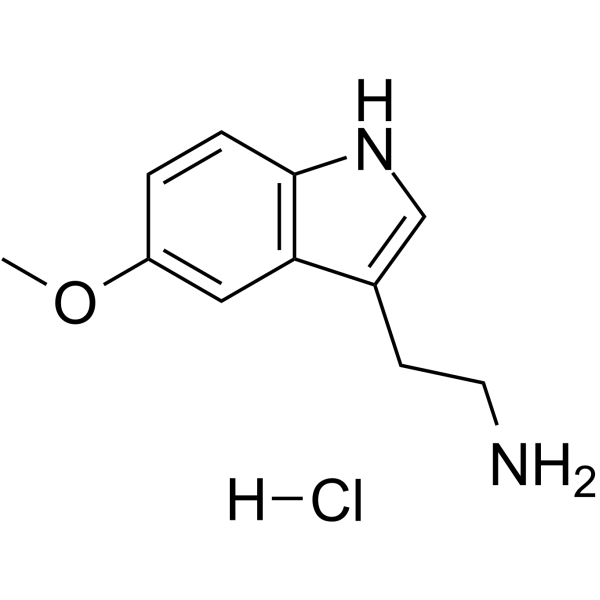
-
GC30712
5-Methoxytryptophol
A natural indole
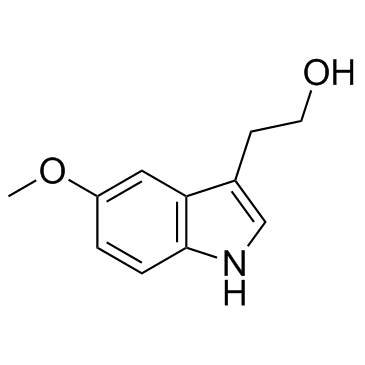
-
GC42562
5-Methyl-2'-deoxycytidine
5-Methyl-2'-deoxycytidine is a pyrimidine nucleoside that when incorporated into single-stranded DNA can act in cis to signal de novo DNA methylation.

-
GC33526
5-Methylcytidine
A modified nucleoside
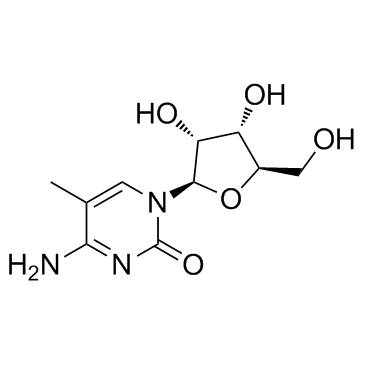
-
GC35166
5-Methylcytosine
5-Methylcytosine is a well-characterized DNA modification, and is also predominantly in abundant non-coding RNAs in both prokaryotes and eukaryotes.
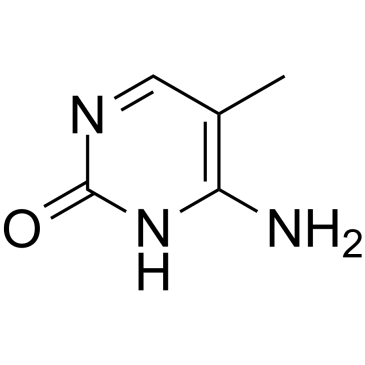
-
GC34881
5-Methyltetrahydrofolic acid
5-Methyltetrahydrofolic acid (5-Methyl THF) is a biologically active form of folic acid.
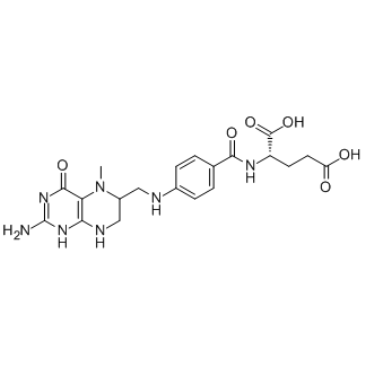
-
GC33514
5-Methyluridine
A pyrimidine nucleoside
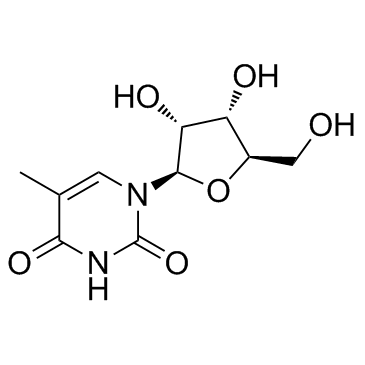
-
GC68228
5-Nitro-1,10-phenanthroline

-
GC62814
5-Phenylvaleric acid
5-Phenylvaleric acid (5-Phenylpentanoic acid) is a pentanoic acid of bacterial origin, occasionally found in human biofluids.
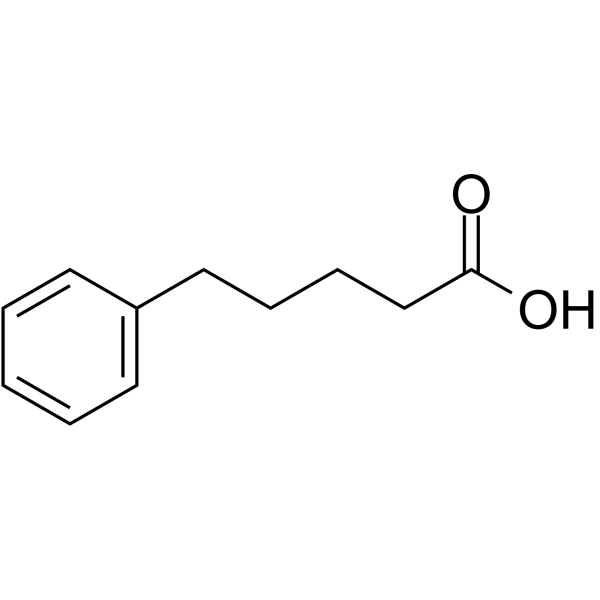
-
GC32410
5a-Pregnane-3,20-dione
A progesterone receptor agonist and progesterone metabolite
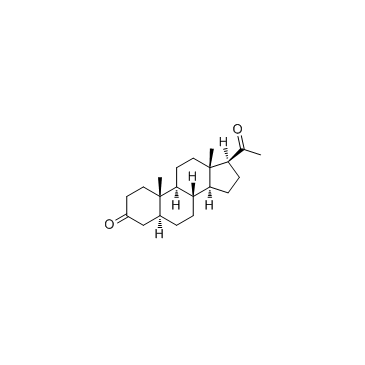
-
GC68374
5a-Pregnane-3,20-dione-d6
